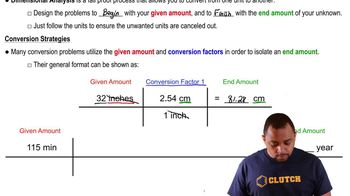Here are the essential concepts you must grasp in order to answer the question correctly.
Reaction Order
The order of a reaction refers to the power to which the concentration of a reactant is raised in the rate law. It indicates how the rate of reaction depends on the concentration of reactants. For example, a first-order reaction depends linearly on the concentration of one reactant, while a second-order reaction depends on the square of the concentration. Determining the order is crucial for understanding the kinetics of the reaction.
Recommended video:
Rate Constant (k)
The rate constant, denoted as 'k', is a proportionality factor in the rate law that relates the rate of a reaction to the concentrations of the reactants. It is specific to a given reaction at a particular temperature and is influenced by factors such as temperature and the presence of catalysts. The value of 'k' can be determined experimentally and is essential for calculating the rate of reaction.
Recommended video:
Kinetic Data Analysis
Kinetic data analysis involves examining experimental data to determine the relationship between reactant concentrations and reaction rates. This analysis often includes plotting concentration versus time to derive rate laws and reaction orders. By analyzing the data, one can identify the type of reaction and calculate the rate constant, which is vital for predicting how the reaction will proceed under various conditions.
Recommended video:
 Verified step by step guidance
Verified step by step guidance


